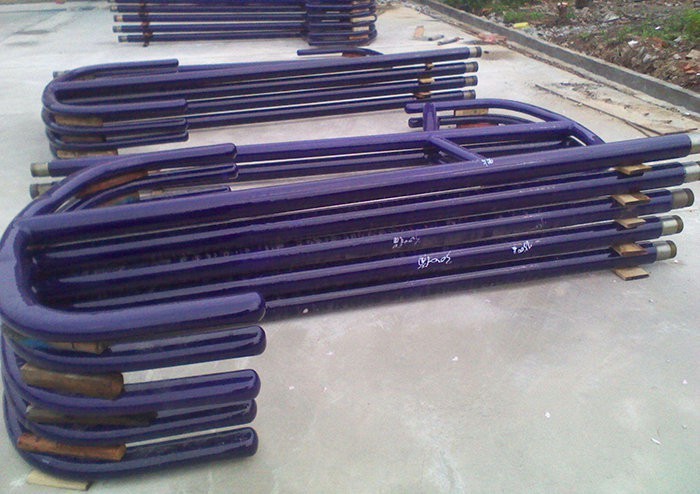In industries such as chemical,pharmaceutical,and food that require strict corrosion resistance of equipment,
glass-lined agitator have become the core components of reaction kettle systems due to their excellent chemical stability,high temperature resistance,and easy cleaning properties.The manufacturing process of the enamel glass-lined agitator factory integrates material science processing and surface engineering technology,making it an art in the field of industrial manufacturing.The detailed description of the process steps for the enamel glass-lined agitator factory is as follows:
1.Making blanks:Select suitable metal materials(such as stainless steel)and make blanks through casting or forging.
2.Surface treatment:The enamel mixer factory uses sandpaper or grinding wheel to sand the surface of the blank,remove impurities and oxides,and ensure that the enamel layer can firmly adhere.

3.Spraying base glaze and surface glaze:The spraying of base glaze and surface glaze needs to be carried out multiple times,and high-temperature firing is required after each spraying to ensure the uniformity and firmness of the enamel layer.
4.Natural cooling:After the glass-lined agitator factory in the factory,the mixer needs to be cooled in a natural environment for a long time to prevent the glaze from cracking due to rapid cooling.
5.Conductivity test:Ensure that the enamel layer has no conductive breakdown phenomenon through conductivity test,and then carry out the final protective treatment to protect the glaze surface from damage during transportation.
The manufacturing of glass-lined agitator factory is essentially a cross fusion of materials science,thermodynamics,and mechanics.From substrate pretreatment to high-temperature firing,each process needs to be pursued at the micrometer scale.

 Address:Zibo City, Shandong Province
Address:Zibo City, Shandong Province WhatsApp:+8615653328535
WhatsApp:+8615653328535 Wechat: +8615965331535
Wechat: +8615965331535  E-mail:zs@sdsmachinery.com
E-mail:zs@sdsmachinery.com